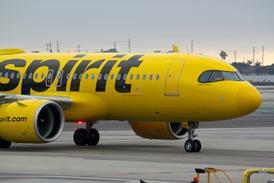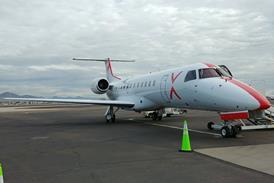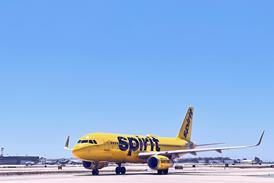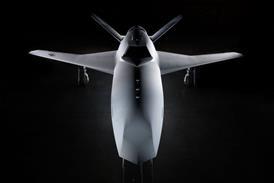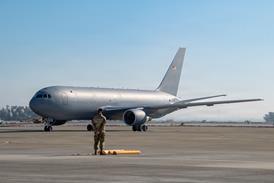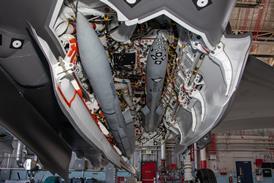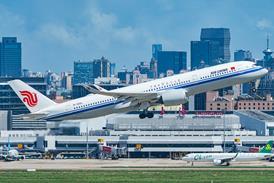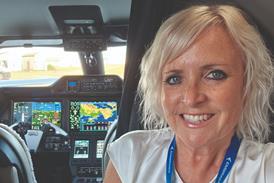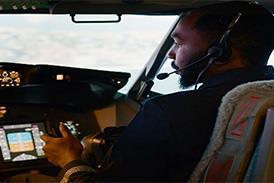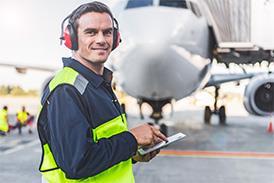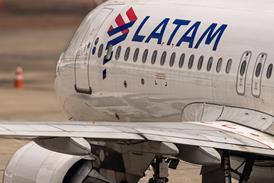FlightGlobal is the global aviation community’s primary source of news, data, insight, knowledge and expertise. We provide news, data, analytics and advisory services to connect the aviation community globally and help organisations shape their business strategies, identify new opportunities and make better decisions faster.
US LC-130s pioneer take-off and landing on frozen lakes

Recent training operations in the Canadian Arctic saw the New York Air National Guard’s unique fleet of Lockheed Martin LC-130 “Skibirds” land on a frozen lake surface, the first time the ski landing gear-equipped transports have operated from freshwater ice, rather than the polar sea ice or snow they typically use.
Keep reading this article by becoming a FlightGlobal member now
PLEASE REGISTER FOR FREE OR SIGN IN TO CONTINUE READING

You have reached your limit of free articles for this period. Register for a FREE account to read this article and benefit from:
- Increased access to online news and in-depth articles from:
- FlightGlobal Premium covering the global aviation industry
- Airline Business providing insight for business leaders
- Weekly newsletters on topics across the industry

